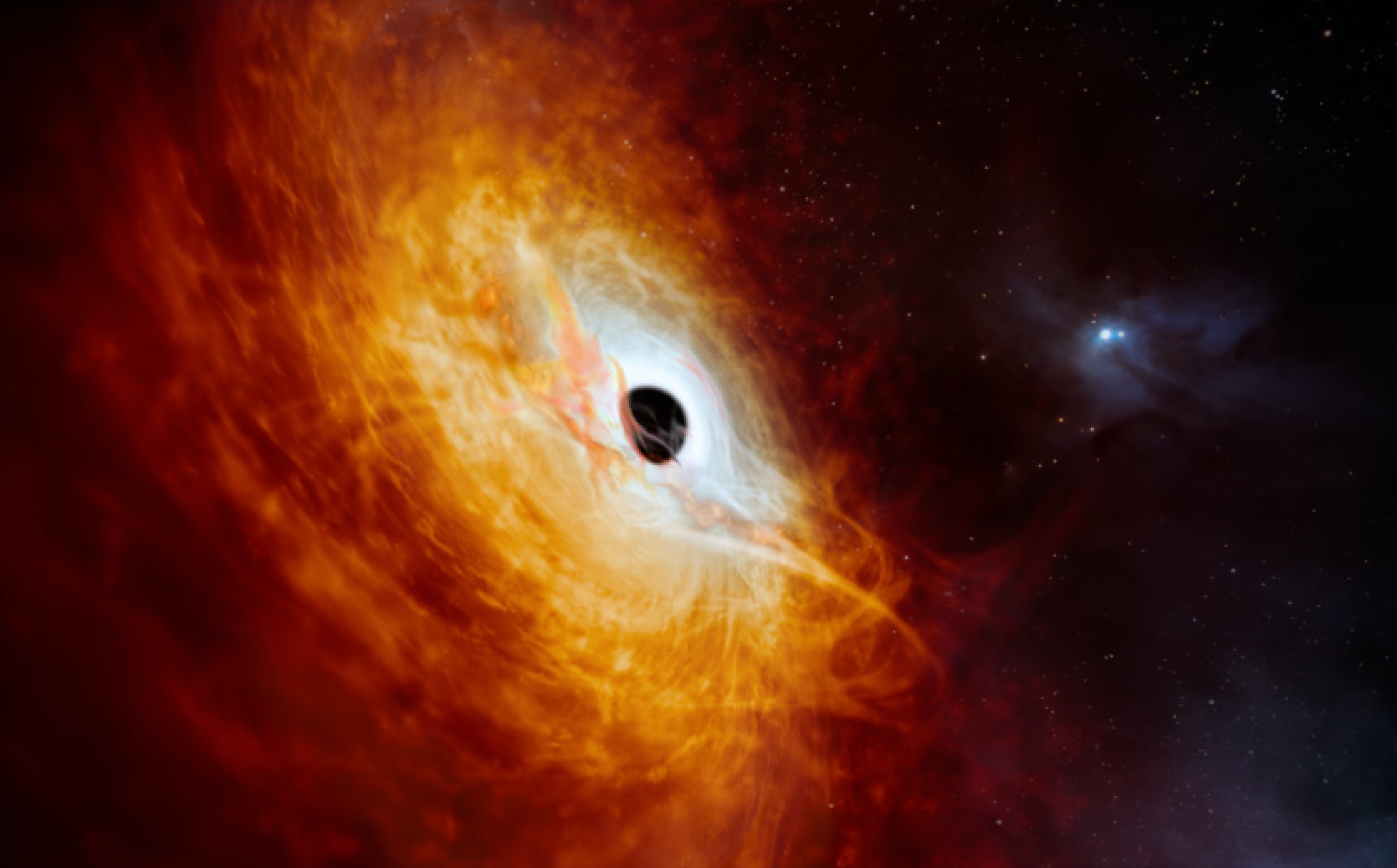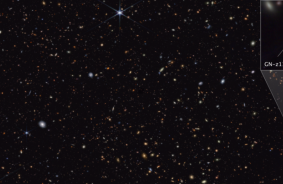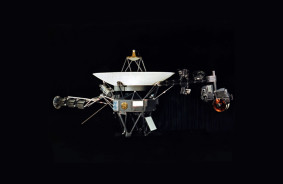The sun has a mass of about 330,000 times larger than the mass of the Earth, but this figure is overshadowed by black holes in the centers of galaxies. A team of astronomers recently discovered the fastest-growing: a black hole with a mass of 17 billion suns, which is growing at a rate of one solar mass per day.
This black hole is actually a quasar, actively feeding black hole. When quasars accrete matter - when their strong gravitational fields attract gas, dust, and other cosmic debris - they emit a huge amount of radiation, which can be detected with a number of ground-based telescopes, reported Gizmodo.
The quasar is called J0529-4351, its redshift is 3.9, indicating an age of over 12 billion years. The team of astronomers observed it in the optical and near-infrared ranges using the Very Large Telescope of the European Southern Observatory in the Chilean Atacama Desert study published in the journal Nature Astronomy.
We have found the fastest-growing black hole known today. This object is the brightest object in the known Universe.
— Christian Wolf, astronomer from the Australian National University and lead author of the study.
By using the brightness of this quasar as an indicator of its accretion rate - because the brighter the quasar, the more mass is attracted to the black hole - the team determined that the quasar attracts approximately 413 solar masses per year, or about 1.13 Suns per day.
J0529-4351 was noticed by stellar observatories as far back as 1980, but at that time astronomers did not know that it was a quasar. When objects shine brighter than any known quasars, models can interpret them as stars relatively close, rather than as giant distant objects. J0529-4351 is 500 trillion times brighter than our Sun, and the accretion disk producing this light has a diameter of seven light years.
An object previously thought to be a star because of its brightness is actually an extremely bright and much more complex object, located much deeper in space. Future telescopes, including the ESO's own "Extremely Large Telescope," successor to the Very Large Telescope, may better study it.














Comments (0)
There are no comments for now